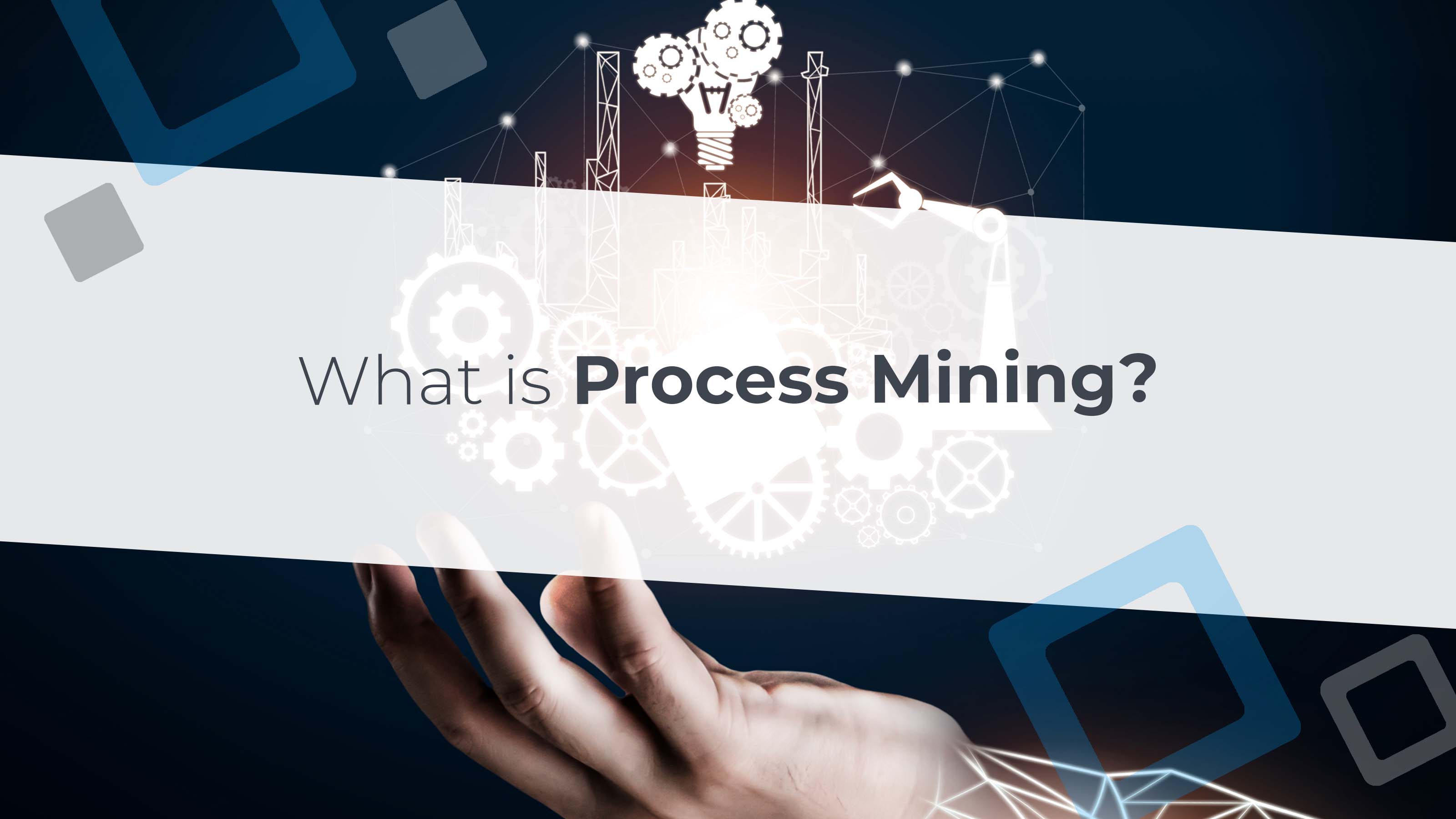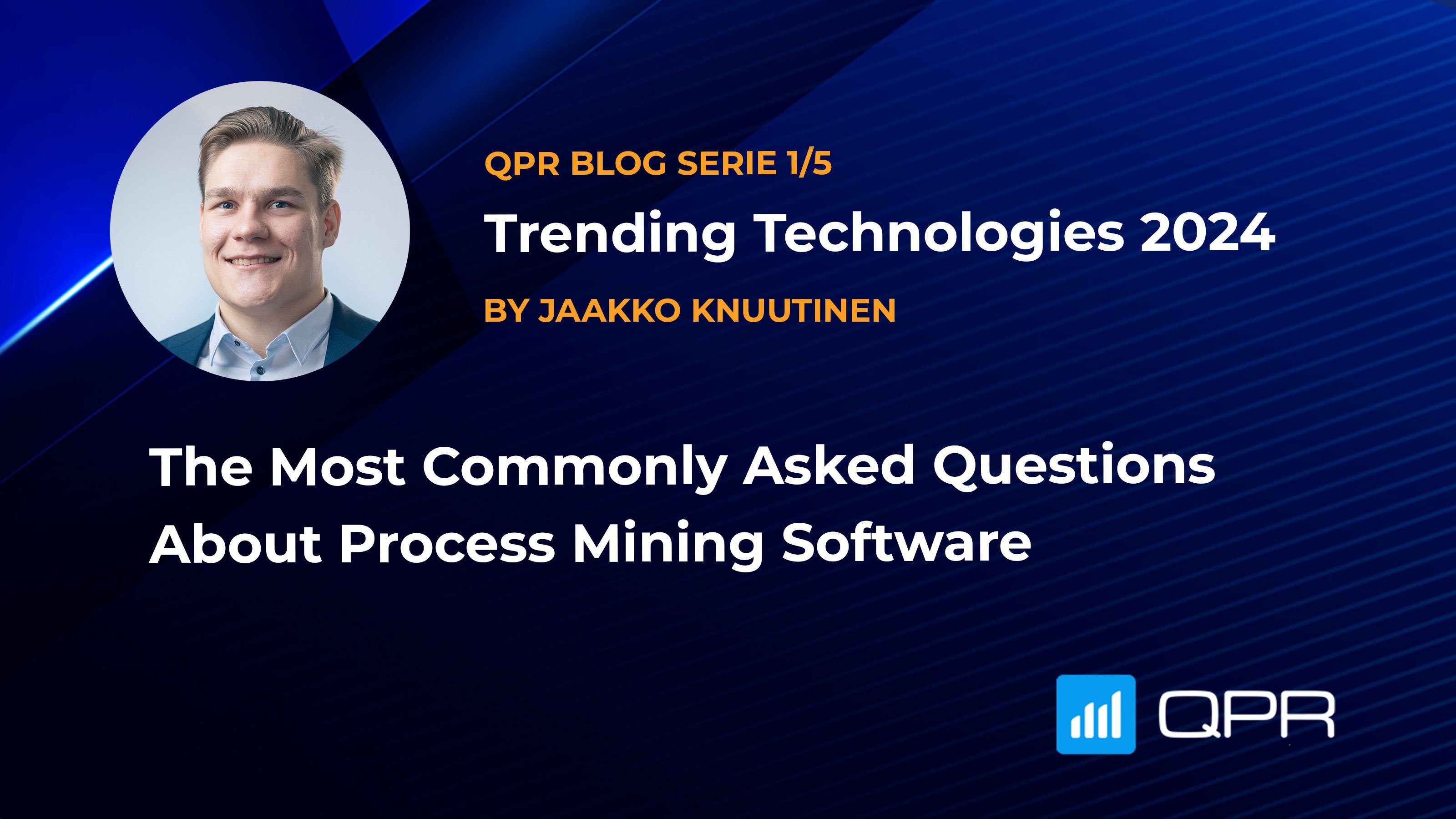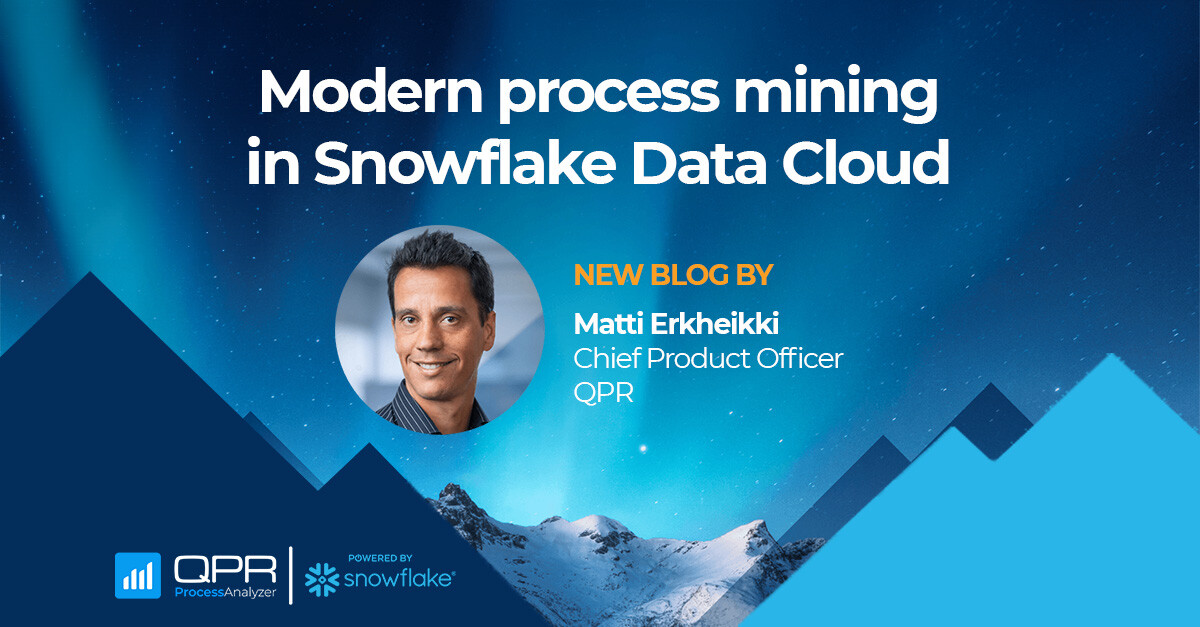Why your data strategy and process mining decisions should be aligned?
The importance of a company's data strategy in relation to its process mining decisions cannot be overstated.
Data strategy is the plan for managing and utilizing data in an organization, while process mining involves using data to discover, monitor, and improve business processes.
These two concepts are often treated as separate entities, and often silos exist between data and process teams in large organizations. However, when they successfully work together, process mining and data strategy can create a powerful tool for business success.
In this article, we’ll explore the relationship between the two and why decisions should be made together to maximize their benefits.
Understanding process mining
When your employees or software robots interact with IT systems – such as SAP, Salesforce or Oracle – the activities leave a trace of data behind.
Process mining is a powerful methodology that helps organizations collect that data to get a clear and objective view of their business processes.
Process mining involves several stages, including:
- Data extraction: Collecting event logs from different sources.
- Preprocessing: Cleaning and formatting the data for analysis.
- Process discovery: Creating a visual representation of the process flow.
- Conformance checking: Comparing the actual process flow with the expected process flow.
- Process enhancement: Optimizing the process based on the insights gained from the analysis.
Don’t fret, however, because most good process mining tools on the market should be able to make these steps happen with minimal effort.
Using analytical insights derived from process mining, you can identify areas for improvement and streamline your operations. Plus, it's a great way to optimize your digital transformation initiatives and drive innovation across your organization.
So, naturally, having a solid data strategy (particularly the collection and availability of the data) is critical for successful process mining.
The role of data in modern business strategy
In the past, data was considered a byproduct of business activities and had little value beyond the initial activity or process. While some follow-up activities may have required the data, it wasn't given much importance.
Nowadays, however, data has become a critical component of many new business initiatives thanks to sophisticated data collection, reporting and analytics, and the sheer amount of data. It's common for application data to be shared with multiple systems for different purposes.
Despite this shift, many companies still fail to achieve their goals around capturing, sharing, managing and analyzing corporate data assets.
Once an organization has a well-defined data strategy in place, it can use process mining to leverage its data to optimize its processes.
How is process mining related to a company’s data strategy?
Data is the fuel for process mining – it’s simply impossible to do process mining without it.
What’s often overlooked, however, is aligning the process mining investment decision with the overall data strategy.
Data is the essential ingredient, or raw material, for process mining. So that’s why it’s important to consider that even if a company is not mature enough for process mining yet, the data strategy should be able to accommodate it in the future.
Let’s take an example.
A company’s upper management and data team have decided to deploy Data Warehouse X and upload all ERP data within 2-3 years.
Generally, the choice of data storage cloud/warehouse is long-term, so a logical approach to this data strategy would be to consider what tools or vendors could integrate with that data warehouse or cloud in the future.
In a modern approach no data integration is required as the applications can run natively using the warehouse resources and without moving the data anywhere
For example, suppose the company knows it wants to explore process mining after the ERP data is uploaded and flowing to the new data cloud. In that case, it’s important to do the research and even make preliminary decisions on what vendor is fully aligned and compliant with their chosen data warehouse.
Real-life example: QPR ProcessAnalyzer and Snowflake
Snowflake Data Cloud’s unique architectural design enables data storage, processing, and analytic solutions that are faster, easier to use, and far more flexible than traditional data warehouse offerings.
While QPR ProcessAnalyzer can operate on top of any data lake using its in-memory engine, it is the only process mining software running natively in the Snowflake Data Cloud, benefiting from its scalability and single data policy.
With QPR ProcessAnalyzer, you gain access to Snowflake’s virtually unlimited scaling capacity, enabling you to discover process inefficiencies from billions of data rows in the blink of an eye.
"We connected to Snowflake in 5 minutes and saw results the same day. We've never seen anything like it.”
Components of data strategy and how they relate to process mining
Data strategy is a critical element of any organization's overall strategy. It involves defining the organization's data-related goals, establishing guidelines for data management, and identifying resources required to achieve them. Data strategy also involves setting data access, security, and privacy policies. Organizations that are successful in data strategy are better positioned to harness the power of data to drive business outcomes.
Data strategy involves several components, including:
- Quality and availability of data
- Collection and storage of data
- Data sources
- Data governance and security
- Data visualization, sharing, and integration
In this section, we’ll look at these components, along with two others: the selection of your process mining vendor and the scalability of your chosen process mining tool.
Data quality and availability
One of the most significant ways a company's data strategy affects process mining is by determining the quality and availability of data required for this technique.
One of the most significant challenges organizations face when implementing process mining is the quality and availability of data. Therefore, companies should prioritize collecting and storing data in a structured and accessible manner. In addition, the data should be accurate, complete, and relevant to the processes you’re analyzing. By doing so, companies can ensure that process mining yields accurate and meaningful insights.
Data quality is especially critical when it comes to process mining. When a company's data is high quality, it becomes easier to identify areas where processes can be optimized, leading to significant improvements in efficiency and effectiveness.
When we say high-quality, however, we’re not talking about the process data that process mining data runs on (e.g. an invoice was created at 3:57pm on Friday), but more so metadata or attribution issues, like having duplicate records for the same customer, or several product numbers listed for the same product.
Conversely, inaccurate or incomplete data can lead to incorrect process mining insights, resulting in suboptimal decision-making. Therefore, companies must ensure their data strategy prioritizes data quality for accurate and meaningful insights.
Data governance and security
A company's data strategy also affects the governance and security measures put in place for the data used in process mining. According to a survey conducted by Gartner, data security and privacy are top concerns for organizations implementing process mining.
Companies must ensure that their data strategy also includes data access and ownership guidelines to prevent unauthorized access or data breaches. A company’s data strategy should also contain guidelines for data protection, such as encryption and firewalls, to ensure that their process mining insights are based on secure and trustworthy data.
Process mining typically consumes highly critical business data: customers, prices, products, and operational details. The modern approach to process mining (where data is not copied to a new system) significantly accelerates time to value as data security and governance don't need to be reinvented, but the existing security can be leveraged.
Data access and sharing
A company's data strategy determines how process mining results are accessed, shared and used within the company.
Therefore, the company's data strategy should provide data visualization, sharing, and integration guidelines to ensure that process mining insights are integrated into the company's decision-making processes. By doing so, companies can drive meaningful change and optimization across their processes.
Data integration, AI and machine learning
Moreover, a company's data strategy should also consider integrating different data sources into the process mining approach. Process mining relies on data from various sources, including enterprise resource planning (ERP) systems, customer relationship management (CRM) systems, and other operational data.
By integrating data from these as many sources as possible, companies can gain a more holistic view and better insights into their processes, and identify the root cause of inefficiencies or bottlenecks.
Additionally, a company's data strategy should consider the use of artificial intelligence (AI) and machine learning (ML) techniques in conjunction with process mining. AI and ML can augment process mining techniques by enabling predictive and prescriptive analytics that can anticipate issues and recommend optimal solutions.
In fact, 49% of business leaders currently use AI and ML in conjunction with process mining. By leveraging these technologies, companies can enhance the accuracy and speed of their process mining insights, resulting in more effective optimization of their processes.
Scalability of the chosen process mining approach
A company's data strategy should also take into account the scalability of the process mining approach. The amount of data generated by an organization is growing at an exponential rate. By 2025, it is estimated that the total data generated daily will be 463 exabytes globally, up from 12.5 exabytes in 2015.
Therefore, companies should have a scalable data strategy that allows for increased data volumes and can support the growing needs of process mining techniques. The company should also have the capability to process and analyze the large volumes of data generated by its operations. A well-designed data architecture with scalable infrastructure and data processing capabilities can significantly increase the effectiveness of process mining.
Selecting a process mining tool or vendor
Another significant way a company's data strategy influences process mining decisions is by determining the selection of process mining tools and techniques used. When selecting process mining tools, compatibility with the data sources used by the company is the most critical factor.
Therefore, a company's data strategy should provide guidelines on data security, data management practices, and data storage technologies supporting process mining tools. As a result, companies can more effectively analyze and optimize their processes by selecting the most suitable process mining vendor for their needs.
Conclusion
In conclusion, a company's data strategy is critical in determining the effectiveness of its process mining decisions.
A well-defined data strategy that prioritizes high-quality data, scalable infrastructure, data source integration, and AI and ML techniques can significantly improve the accuracy and speed of process mining insights, and the collaboration between data and process teams within your organization.
By following a sound data strategy, companies can achieve significant operational improvements and drive meaningful change through process mining.
To learn more about how process mining can help your business achieve process excellence, download the business leader's guide to process mining today.
You may also like
These related stories

What is process mining?

The most commonly asked questions about process mining software

